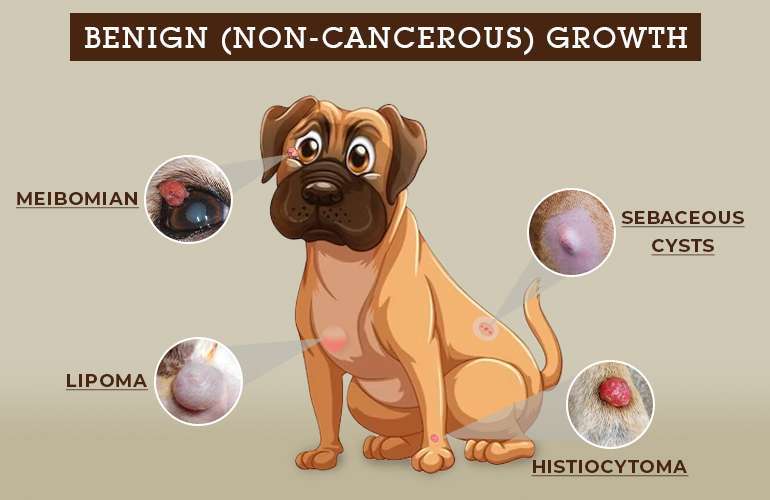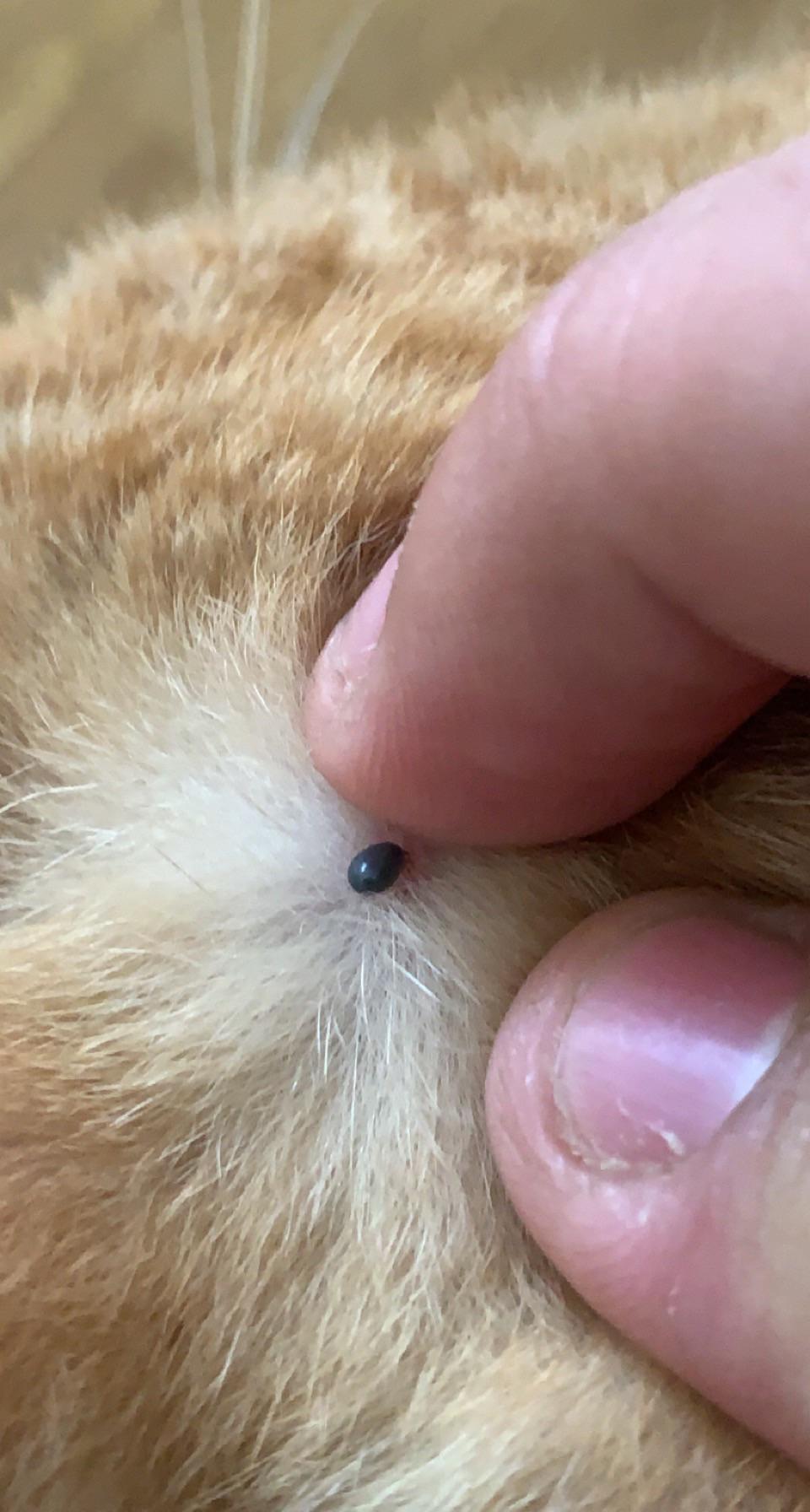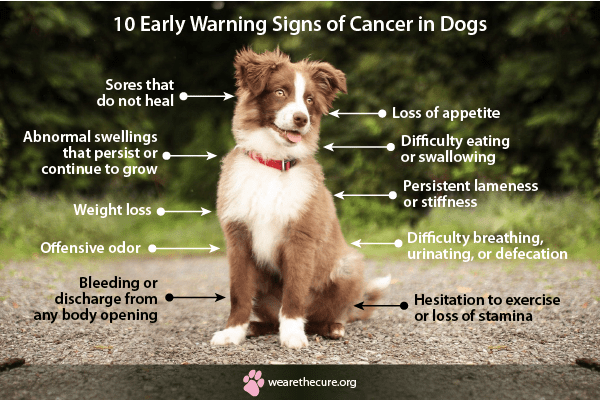Key Takeaways:
- Histiocytomas are benign skin tumors that commonly occur in young dogs, typically between the ages of 1 to 4 years.
- They usually appear as small, raised, and dome-shaped growths on the skin's surface.
- Histiocytomas often resolve spontaneously within a few months without any treatment.
- If a histiocytoma is causing discomfort or affecting the dog's quality of life, it can be surgically removed.
- In rare cases, histiocytomas can mimic or transform into more aggressive forms of cancer, so regular monitoring is recommended.
Are you a dog lover? Do you want to ensure the health and well-being of your furry friend? If so, then understanding histiocytomas in dogs is essential for you. These small, benign skin tumors may seem harmless, but they can cause discomfort and concern for both you and your canine companion. By delving into this subject, you will gain valuable knowledge that can help you identify and address these growths early on, ensuring the best possible outcome for your beloved pet. So let's explore the world of histiocytomas in dogs together, uncovering the facts and strategies that will empower you to provide optimal care. Get ready to become an expert in keeping your four-legged friend happy and healthy!
What are histiocytomas in dogs?
Histiocytomas are a type of skin growth that can occur in dogs. They usually appear as small, round bumps on the skin and can vary in size from a few millimeters to a centimeter or more. These growths are typically benign, which means they are not cancerous and do not spread to other parts of the body.
Histiocytomas are most commonly found in young dogs, between the ages of 3 months to 2 years. They often develop on the head, neck, or limbs of the dog. While histiocytomas can be unsightly and may cause concern for pet owners, they generally do not cause any pain or discomfort for the dog.
Causes of Histiocytomas
The exact cause of histiocytomas is unknown, but they are thought to be related to an abnormal immune response or an overgrowth of certain cells in the skin. Some studies have suggested that histiocytomas may be influenced by genetic factors.
Symptoms of Histiocytomas
- Small, round bumps on the skin
- Bumps may be red or pink in color
- Bumps may have a smooth surface
- Bumps may grow quickly within a few weeks
- Most commonly found on the head, neck, or limbs
Treatment for Histiocytomas
In many cases, histiocytomas will go away on their own without any treatment. However, if a histiocytoma is causing discomfort for the dog or if it is growing rapidly and becoming bothersome, your veterinarian may recommend treatment options such as:
- Surgical removal: The histiocytoma can be surgically removed under anesthesia. This is usually a quick and straightforward procedure.
- Cryosurgery: The growth can be frozen with liquid nitrogen, causing it to die and fall off. This is a non-invasive option that does not require anesthesia.
- Medication: In some cases, your veterinarian may prescribe medication to help shrink or reduce the size of the histiocytoma.
How do histiocytomas appear on a dog's skin?
Appearance of Histiocytomas
Histiocytomas are small, round, and firm growths that typically appear as solitary bumps on a dog's skin. They usually have a reddish or pinkish color and can range in size from a few millimeters to a centimeter in diameter. These growths often develop rapidly over the course of a few weeks and may have a raised or dome-shaped appearance. In some cases, histiocytomas can ulcerate or become crusty on the surface.
Location of Histiocytomas
Histiocytomas commonly occur on the head, ears, and limbs of dogs. They are more frequently found in younger dogs between the ages of 1 to 4 years old. While any breed can develop histiocytomas, certain breeds such as Boxers, Bulldogs, and Retrievers seem to be more predisposed to these skin growths.
Are histiocytomas common in dogs?
Yes, histiocytomas are relatively common in dogs. They are considered one of the most frequently diagnosed benign skin tumors in canines. Although they can occur at any age, they are more commonly seen in young adult dogs. Histiocytomas tend to spontaneously regress within 1-4 months without any treatment. This self-resolution is one reason why they are not typically a cause for major concern among veterinarians unless they persist or show signs of infection.
Can histiocytomas cause any discomfort or pain for dogs?
In general, histiocytomas do not cause significant discomfort or pain for dogs. However, their location and size may occasionally lead to mild irritation or itching. Dogs may scratch or lick at the affected area due to these sensations, which can result in secondary infections or trauma to the growth. If a histiocytoma becomes ulcerated or shows signs of infection, such as redness, swelling, or discharge, it is important to seek veterinary care for appropriate treatment.
How are histiocytomas diagnosed by veterinarians?
Physical Examination
When a dog presents with a skin growth suspected to be a histiocytoma, the veterinarian will begin by conducting a thorough physical examination. They will carefully inspect the size, shape, color, and texture of the growth and assess its location on the dog's body.
Fine Needle Aspiration (FNA)
To confirm the diagnosis of a histiocytoma and rule out other possible skin conditions or tumors, veterinarians often perform a fine needle aspiration (FNA). This procedure involves using a small needle attached to a syringe to collect cells from the growth. The collected cells are then examined under a microscope to identify characteristic features of histiocytomas.
What treatment options are available for dogs with histiocytomas?
Observation
In many cases, especially when histiocytomas are small and not causing any discomfort to the dog, veterinarians may recommend simply observing the growth over time. Histiocytomas have a tendency to regress spontaneously within months without any intervention.
Surgical Removal
If a histiocytoma persists or continues to grow larger despite observation, surgical removal may be considered. This procedure involves excising the tumor under general anesthesia. Surgical removal is typically recommended if there is concern about potential complications or if the growth is causing discomfort or interfering with normal bodily functions.
Prognosis after Treatment
The prognosis for dogs with histiocytomas is generally excellent. The majority of histiocytomas regress on their own or can be successfully removed with surgery. Recurrence is rare, and the risk of malignant transformation into a cancerous tumor is extremely low. Regular monitoring by a veterinarian is recommended to ensure proper healing and to address any new skin growths that may arise.
In conclusion, histiocytomas are common skin tumors in dogs that usually go away on their own. They are not typically harmful and can be easily treated if necessary.
How do you treat histiocytoma in dogs?
The most efficient method of treating a histiocytoma is through removal, although many will naturally regress within three months. Using a steroid cream can prevent the growth from bothering the pet and expedite the healing process. Surgical removal may be necessary if the histiocytoma causes ulcers, itching, secondary infection, or uncontrolled bleeding.
What causes histiocytomas in dogs?
Causes of Canine Histiocytoma occur when abnormal cells accumulate in a specific area of the skin and differ from the surrounding cells. These lumps, which regenerate rapidly, can appear and disappear suddenly without any accompanying symptoms.
Can a histiocytoma be cancerous in dogs?
Unfortunately, when it comes to malignant histiocytosis, this specific cell's rapid and widespread cancerous growth usually results in a decrease in appetite, loss of weight, and lack of energy. Regrettably, pets diagnosed with this condition typically pass away within a few weeks to months.
How do you treat histiocytoma?
Typically, malignant histiocytomas are treated through surgical removal. Following the surgery, chemotherapy or radiation therapy may be utilized to eliminate any remaining problematic cells. In certain instances, healthcare providers may suggest radiation therapy or chemotherapy as an initial step to reduce the size of the tumor before it is removed.
Should I take my dog to the vet for a histiocytoma?
Some individuals will naturally recover within a few months. While there is a possibility of developing a secondary infection or experiencing bleeding, these growths are often left to recede on their own. However, if the growth becomes infected, ulcerated, or continues to grow after one to two months, your veterinarian may suggest surgical removal.
How long do histiocytomas last in dogs?
If histiocytomas do not disappear within three months, they are typically removed and tested to determine the type of tumor. Your vet may also suggest removing a histiocytoma that is growing quickly or becomes infected.

















